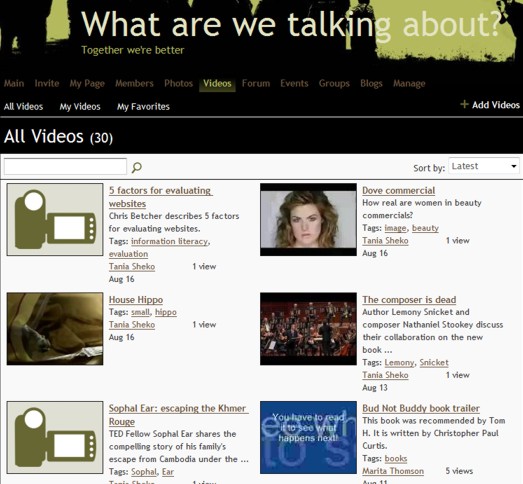As I’ve mentioned already, Paul C. writes regular posts on a wealth of topics in his blog, Quoteflections. His GPS brings together bloggers from around the world on a topic a month. This month, Ken Allan is the host and gets to set the topic. Paul explains:
As GPS (Green Pen Society) host this month, Ken Allan at Blogger in Middle Earth has invited readers to post about what empowers your blogging? What gets you flying? Ken provides a short video of two highly successful entrepreneurial bloggers, Seth Godin and Tom Peters.
And here is Ken’s introduction:
GPS is a group of writers/bloggers who are developing their voice in writing about the world around them. As this month’s host, I have the privilege and pleasure of choosing the theme.
What gets you flying?
In previous posts I’ve already reflected about why I write a blog (must find them so I can link). Today I thought I’d take the idiomatic approach to what gets me flying. I hope Paul, whose blog centres on quotations, appreciates this.
What gets me flying?
Unremarkably, I usually feel the urge to write a post when I –
fly into a rage, or fly off the handle
Yes, I use the blog to air my grievances, get something off my chest (see previous post, for starters). But not gratuitously, you understand – I do it because I want to ask my readers/fellow bloggers for their take on the situation. I appreciate, more than I can express, my network’s opinions. Not only does this provide a broader perspective on things, but it also makes me feel supported. I never feel isolated; there are people in similar situations experiencing the same things.
fly high with my head in the clouds
The blog is a place I come to reflect, and even rave about things that have been floating around in my head. Very productive – you should try it. I believe that many ideas which would normally have no outlet are developed in blog posts. Seriously.
fly high with emotion
Sounds corny, but I often feel passionately about things. I write when I want to share ideas, dreams, aspirations, when I feel like projecting into a possible future. This is where imagination gets to play with what could potentially become reality. We don’t always feel passionate about things, so we shouldn’t let these moments slip. Otherwise we might miss out on seeing something amazing come to life.
fly in the face of adversity
Things don’t always work the way you want them to. Sometimes we’re frustrated about our professional situation. Writing something out often means that, in these situations, I’m holding on, not giving up. What better way to persist, teeth clenched, than write and receive encouraging comments or advice? Again, it’s the connection with people that I enjoy. Adversity is never as bad with the support of your network.
fly by the seat of my pants
This is when I go with my gut feeling, when I’m feeling my way, or trust my intuition in a situation I’m not actually sure about. A blog is reflective and informal, unlike a published article or essay where you have to support arguments and provide an extensive bibliography. My blog is just me chatting.
I like the video of Seth Godin and Tom Peters which Paul and Ken provided. Here it is.
[youtube=http://www.youtube.com/watch?v=livzJTIWlmY]




